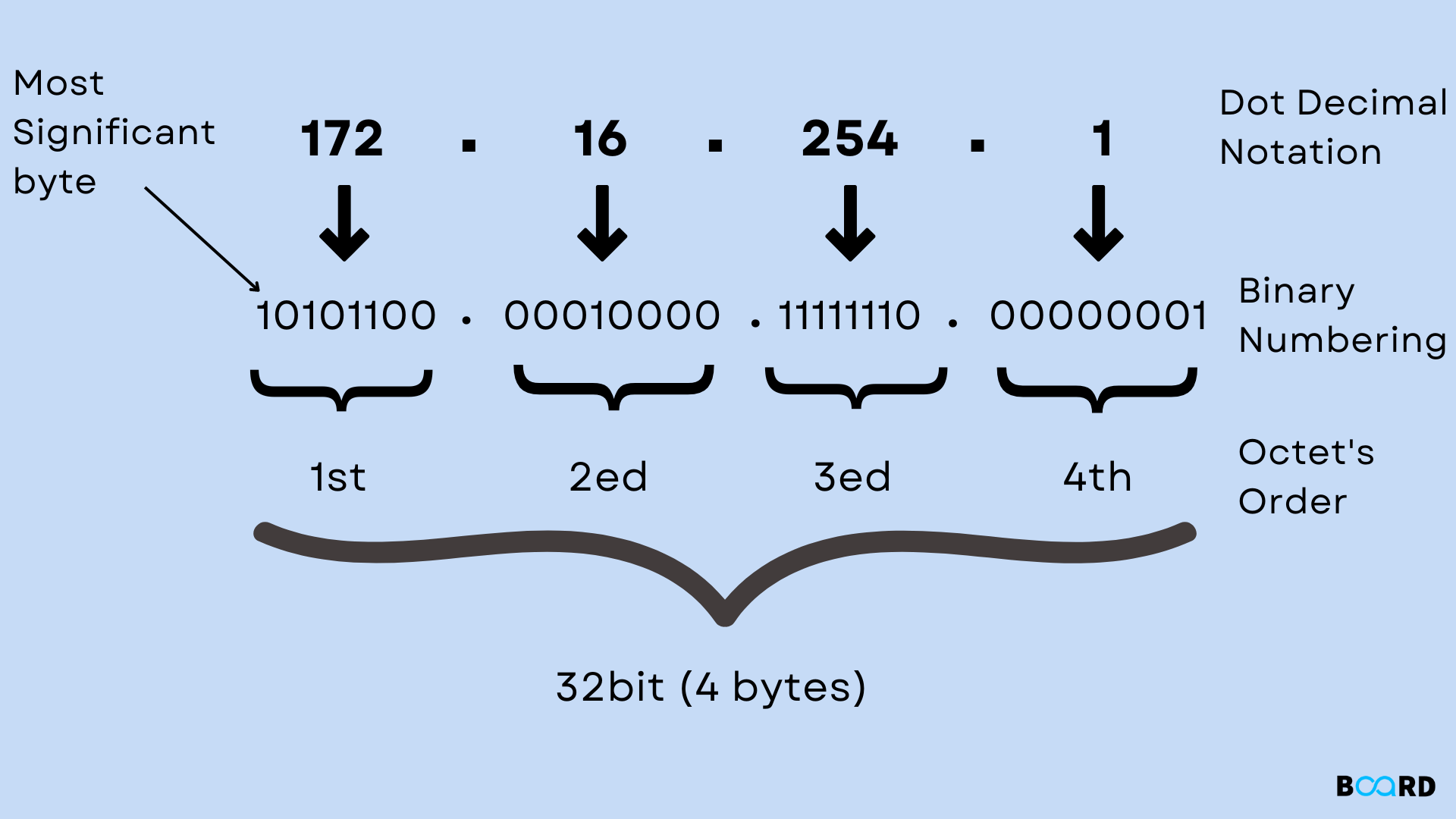Introduction to Computer Networking
Classful IP Addressing: What it is?

Introduction
An IPv4 addressing architecture known as classful addressing splits addresses into five classes.
The first eight bits of an IP address formerly identified the network that a particular host belonged to. This is known as classful addressing. This would have reduced the number of networks on the internet to only 254. These networks each had 16,777,216 unique IP addresses. The inefficiency of assigning IP addresses in this manner increased as the internet expanded.
After all, more than 254 companies require IP addresses, and even fewer networks require all 16.7 million available IP addresses.
An IP address is 32-bit long. An IP address is divided into sub-classes:
- Class A
- Class B
- Class C
- Class D
- Class E
Components of IP Address
There are two components to an IP address:
- Network ID: This identifies how many networks there are.
- Host ID: This identifies how many hosts there are.
Advantages of Classful Addressing
We now understand that the long-term IP address answer to the IP address depletion issue is IPv6. IPv6 is not yet commonly utilized, yet.
- It was obvious in the early 1990s that the IPv4 address space would quickly run out if nothing changed. As a result, classless addressing was employed as a temporary fix to assist us in extending the lifespan of IPv4.
- Better use of IP address ranges. Classless addressing allowed for balanced use throughout what was once the Class A, B, and C ranges by separating the relationship between network size and IP address. Much fewer addresses were squandered.
- Better directional planning. Route aggregation and classless routing protocols are made possible by VLSM and subnetting.
Different Classes and Properties
The five different types of Classful addresses are Class A, Class B, Class C, Class D, and Class E. This division is referred to as Classful addressing or IP address classes in IPv4.
- In "public addressing," in which communication is always one-to-one between source and destination, the first three classes—Class A, B, and C—are employed. It suggests that when data is transferred from a source, only one network host will receive it.
- Class D and Class E are among the reserved categories, with Class D being used for multicast and Class E being retained for use in the future.
- In IPv4, the Host ID makes up the final second of Class A, B, and C, whereas the Network ID makes up the first half.
- The Network ID always identifies the network in a certain location, but the Host ID always displays the number of hosts or nodes in a specific network.
